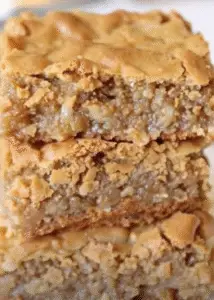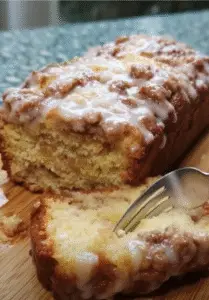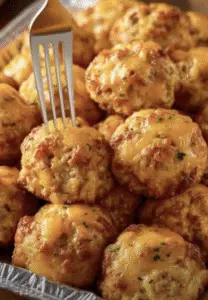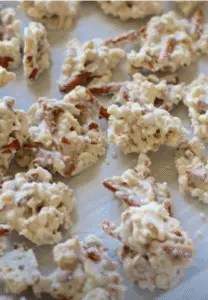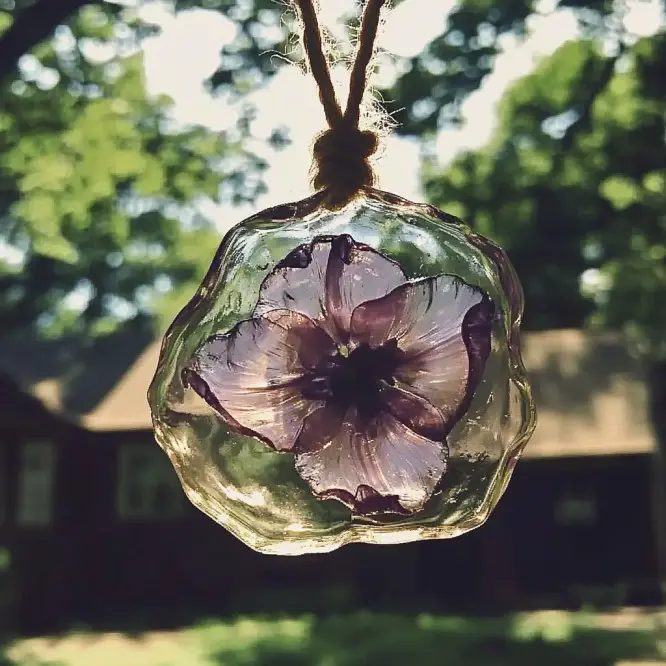
Before we dive into this absolutely delightful project, let me just say thank you—from one creativity-lover to another. Thank you for pausing the hustle of the day, gathering nature’s treasures, and choosing to create something beautiful with your little ones. These Bioplastic Suncatchers aren’t just crafts—they’re memory makers. 🌿✨
This project blends art, science, and nature into one beautiful, sensory-filled experience. Made with gelatin, natural finds, and a bit of patience, these eco-friendly suncatchers glow like stained glass in the window—and no two are ever the same.
📩 Want these instructions sent straight to your inbox? Subscribe now and receive this recipe, along with more hands-on crafts and nature activities for kids!
What Are Bioplastic Suncatchers?
Bioplastic suncatchers are homemade, translucent decorations created with a natural gelatin mixture that encases pressed flowers, leaves, and twigs. Poured into molds and left to set, these DIY treasures are perfect for hanging in windows, catching the sunlight, and adding a touch of outdoor wonder to your home.
Reasons to Love This Nature Craft
- Eco-conscious & compostable – No plastic waste here!
- Sensory-rich – The textures of nature, the smell of gelatin, and the joy of hands-on mixing.
- Creative freedom – Each one is totally unique.
- Perfect for all seasons – Use autumn leaves, spring petals, or summer herbs.
What Do They Look & Feel Like?
Imagine sunlight filtering through a delicate disc of amber or rose-hued gelatin, with leaves and petals suspended inside like a piece of pressed nature art. They’re soft to the touch when fresh, slightly rubbery, and they glow beautifully in the light—like natural stained glass.
Benefits of This Craft Activity
- Encourages outdoor exploration and mindful collecting.
- Develops fine motor skills through arranging and pouring.
- Introduces children to basic bioplastic science.
- Supports creative expression and sensory development.
- A wonderful bonding activity with a low carbon footprint.
Ingredients & Materials
What You’ll Need:
- Gelatin powder (unflavored – found in the baking aisle)
- Boiling water
- Loose parts from nature – Think petals, leaves, herbs, tiny pinecones, or twigs
- Plastic lids – Yogurt container lids work great!
- String or yarn
- Mixing bowl & spoon
- Towel or tray for drying
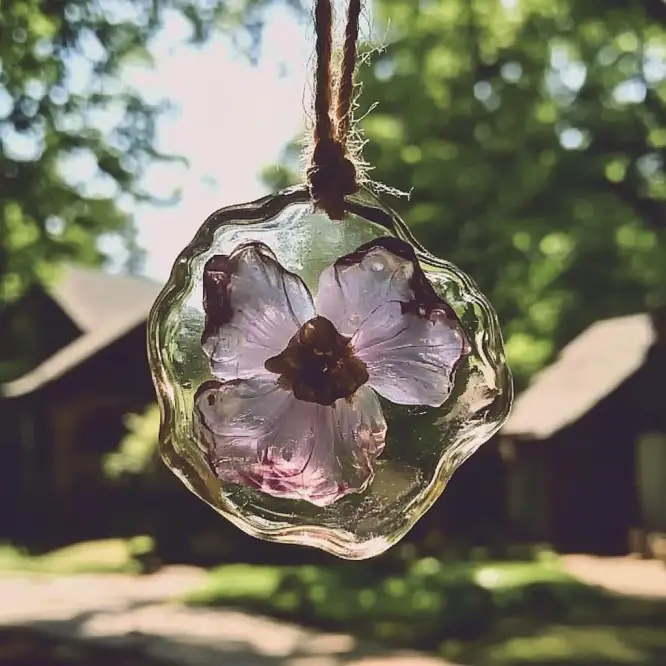
Optional Additions & Variations
- Food coloring or natural dyes – For extra color pop!
- Essential oils – A few drops of lavender or lemon can add a calming scent.
- Cookie cutters or silicone molds – For creative shapes.
- Glitter or confetti – If you want a little sparkle.
Step-by-Step Instructions
Let’s Create Your Bioplastic Suncatchers
- Nature Walk First!
Head outside with your little artist to gather interesting materials—flowers, leaves, herbs, grasses. Let curiosity lead the way. - Design the Layout:
Using the plastic lids as molds, help your child arrange the nature items inside. They can overlap, create patterns, or freestyle! - Mix the Bioplastic Gelatin:
In a mixing bowl, combine 1 part gelatin powder to 4 parts boiling water. Stir until it fully dissolves. - Pour the Mixture:
Carefully pour the warm gelatin over the arranged items in the lids. Just enough to create a thin layer—it sets faster and dries better this way. - Insert String for Hanging:
Place a small loop of yarn into each mold, pressing gently to anchor it in the gelatin. - Let Them Set:
Leave the suncatchers at room temperature for 24–48 hours. To help them stay flat, place a lightweight tray or cutting board over the top. - Display and Enjoy!
Once hardened, gently remove the suncatchers from their molds and hang them in a sunny window.
Where to Display Your Suncatchers
- Windowsills – Let the light shine through!
- Tree branches outdoors – For a woodland wind chime feel.
- Nursery or child’s room – A magical touch of nature.
- Gift them – A heartfelt handmade surprise for a grandparent or teacher.
Tips for Success
- Use thinner layers of gelatin for quicker drying and less warping.
- Avoid humid rooms—it slows down the drying and can make the gelatin sticky.
- Refrigerate briefly if needed to help them firm up in humid conditions.
- Store flat during the drying period to prevent curling.
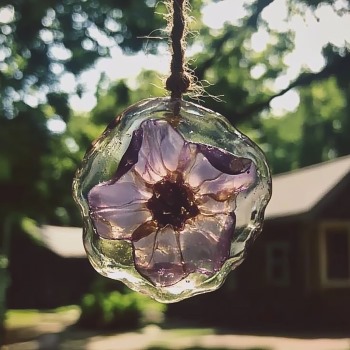
Storage & Shelf Life
Since these suncatchers are made with gelatin, they are not permanent. Expect them to last about 1–2 weeks indoors, depending on humidity. Over time, they may darken or curl slightly—but they remain beautiful!
After their life cycle, they can be composted or buried in a garden—100% biodegradable!
Frequently Asked Questions
How long do bioplastic suncatchers last?
Typically 1–2 weeks. They will begin to shrink, curl, or darken over time.
Can I use agar agar instead of gelatin?
You can try! Agar sets differently and may give a more brittle texture, but it’s a fun experiment—especially for vegan households.
Are they safe for toddlers?
Yes, with supervision. Gelatin is non-toxic, but this is an art project, not a snack.
Can I dry them in the oven?
It’s not recommended—slow air drying produces the best results and helps preserve the natural elements’ colors.
Wrap-Up: Crafting Nature’s Beauty
Bioplastic suncatchers are more than just pretty projects—they’re a celebration of slow moments, tiny discoveries, and everyday magic. Whether you make one or a dozen, the joy of watching sunlight dance through leaves and petals is something truly special.
📸 Made your own? I’d love to see your suncatchers!
Tag me on Pinterest and let’s build a gallery of nature-inspired glow!
Want More Nature Crafts?
Here are more projects that bring the outdoors in:
✨Just for Fun: Nutritional Information (Not Edible!)
- Creativity Boost: 100%
- Outdoor Fun: 75%
- Screen-Free Time: A+
- Mess Factor: Medium (but worth it!)
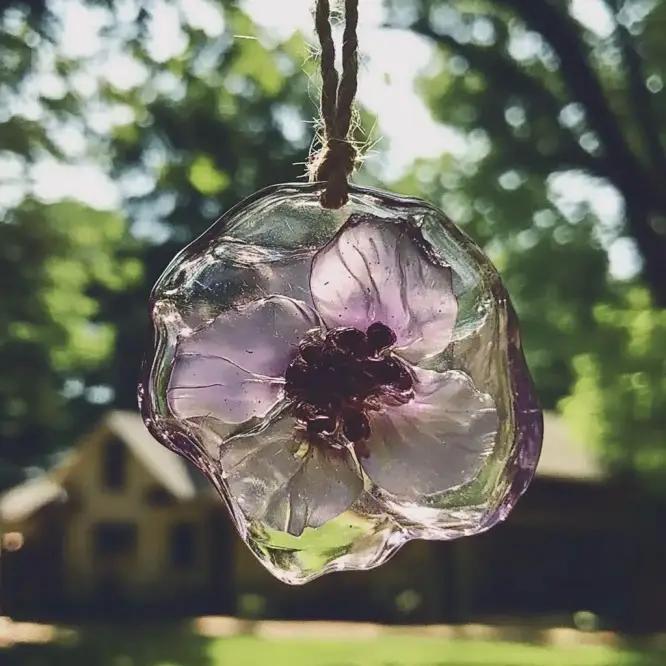
Now go ahead—gather those petals, mix that gelatin, and pour a little sunshine into your day. These suncatchers are your invitation to see nature with new eyes. Happy crafting! 🌞

Bioplastic Suncatchers
Ingredients
Method
- Head outside to gather interesting materials—flowers, leaves, herbs, and grasses.
- Use the plastic lids as molds and arrange the nature items inside.
- In a mixing bowl, combine 1 part gelatin powder with 4 parts boiling water until fully dissolved.
- Pour the warm gelatin over the arranged items in the lids, creating a thin layer.
- Insert a small loop of yarn into each mold to anchor it in the gelatin.
- Let the suncatchers set at room temperature for 24-48 hours under a lightweight tray to help them stay flat.
- Once hardened, gently remove the suncatchers from their molds and hang them in a sunny window.

